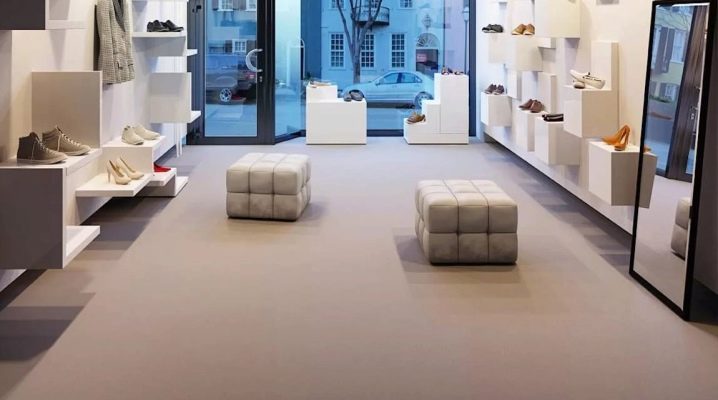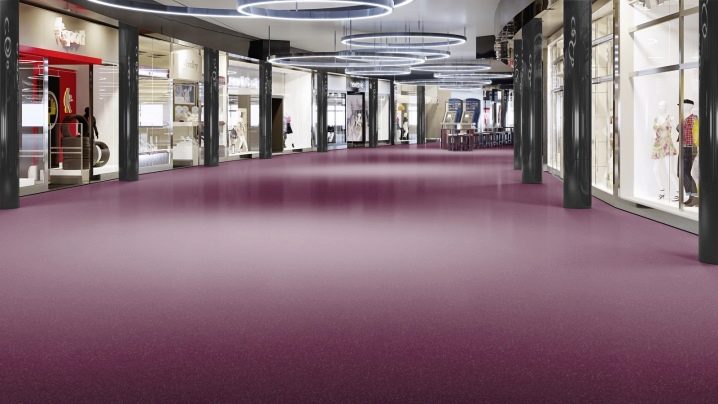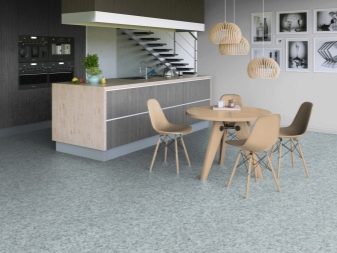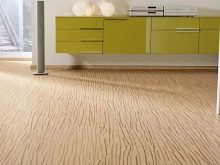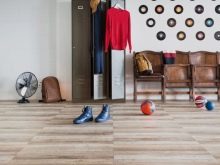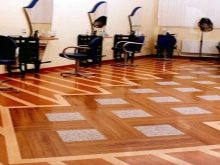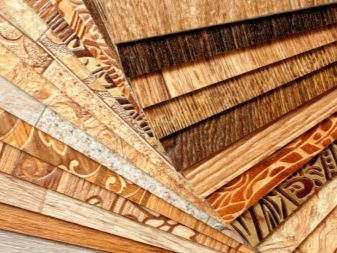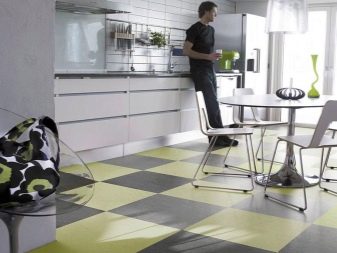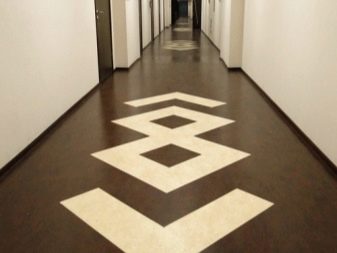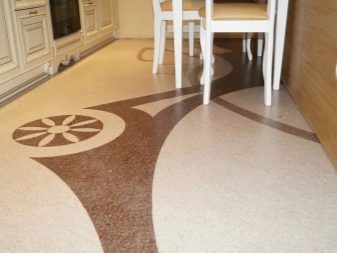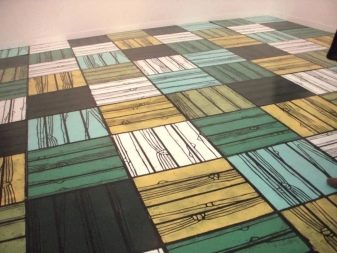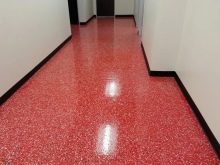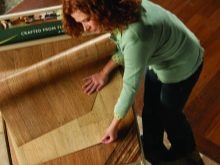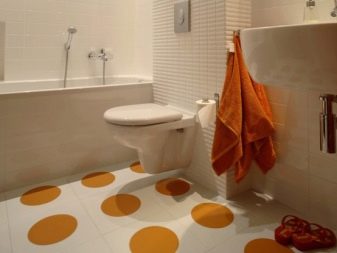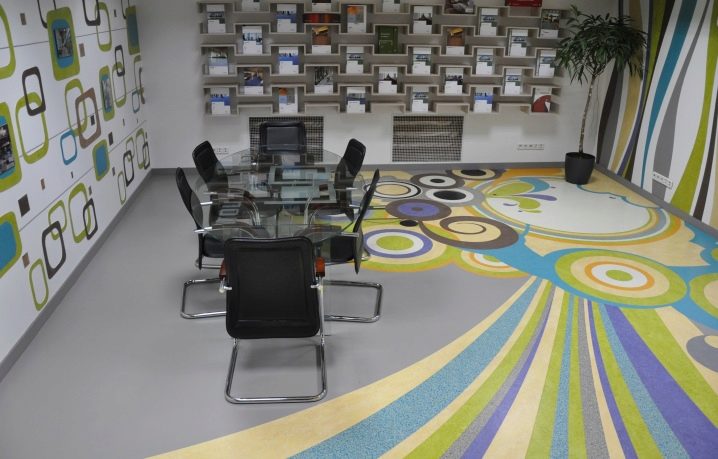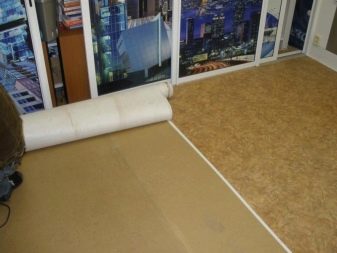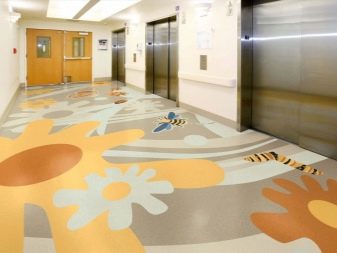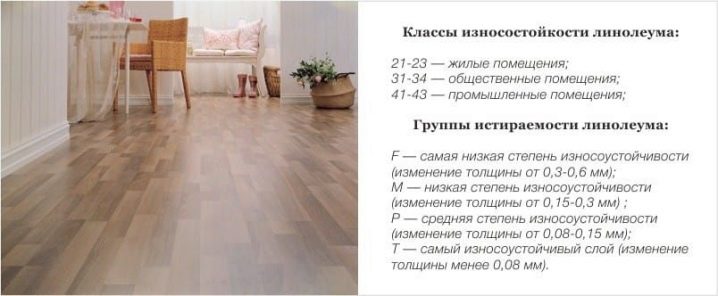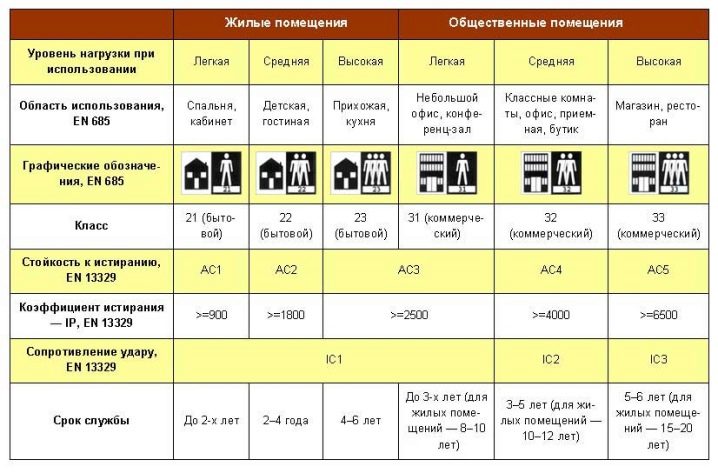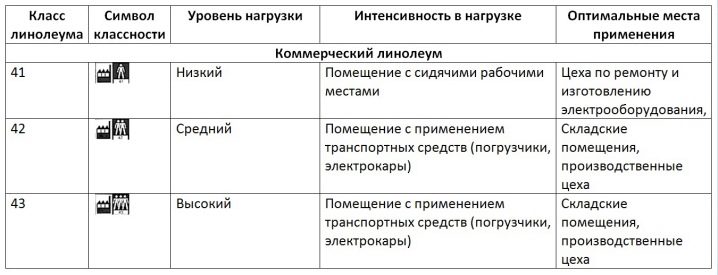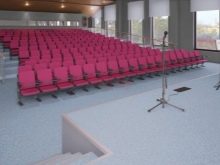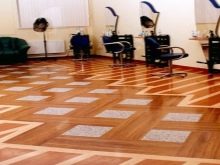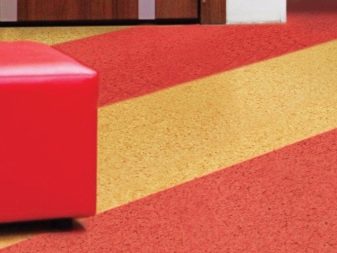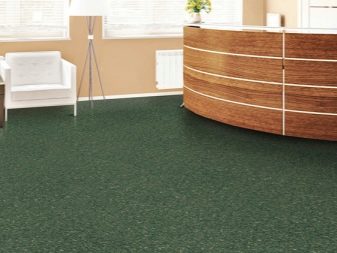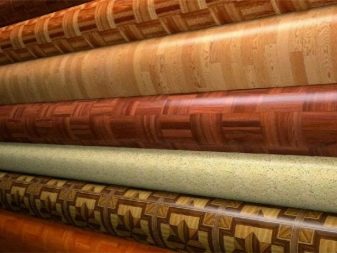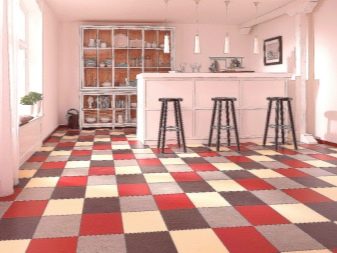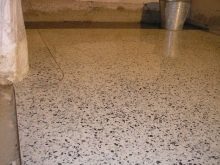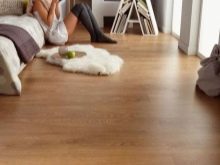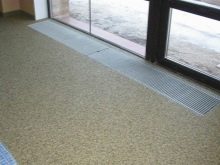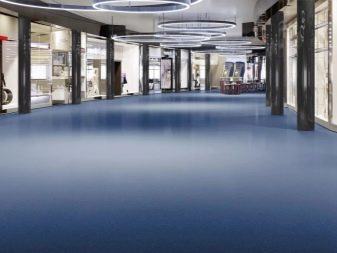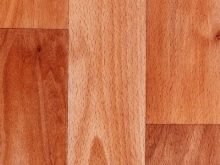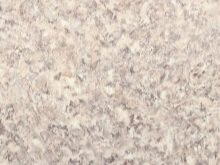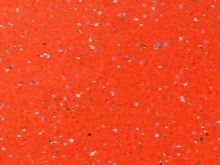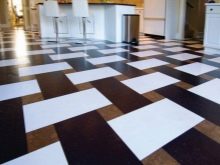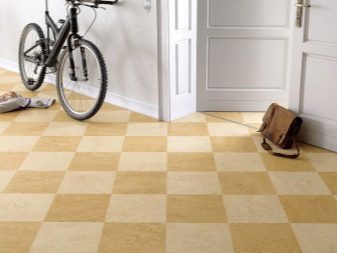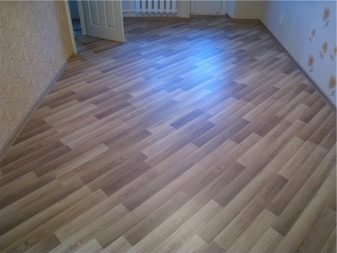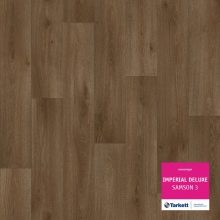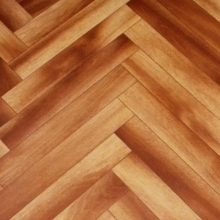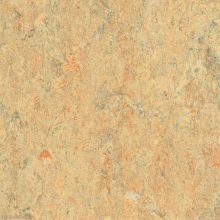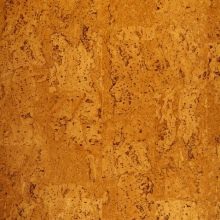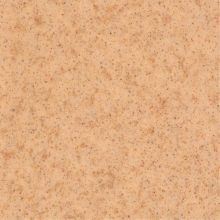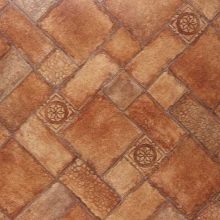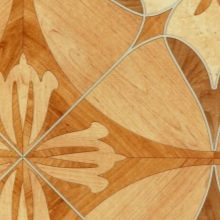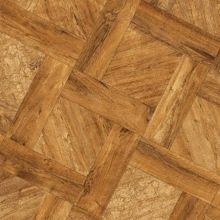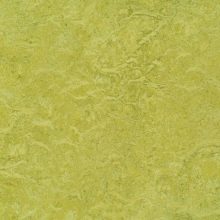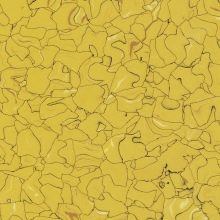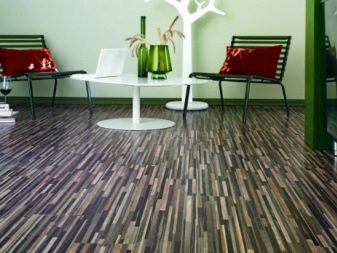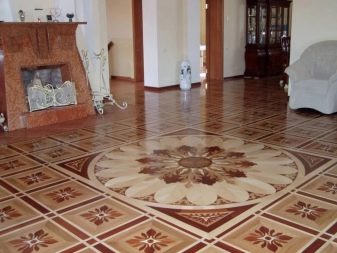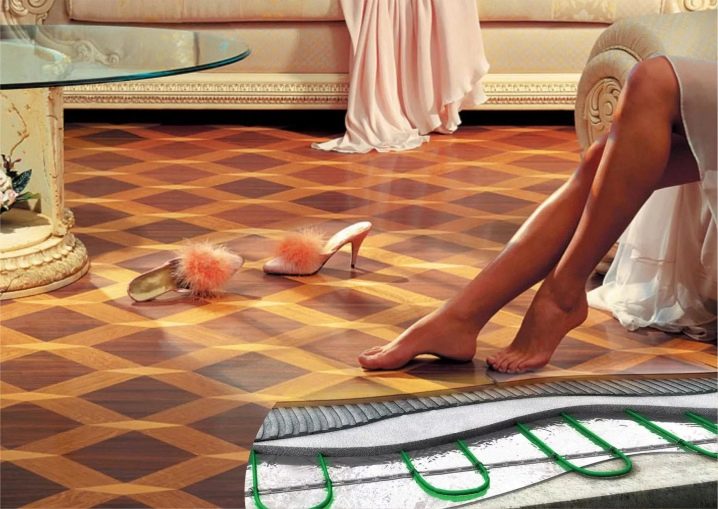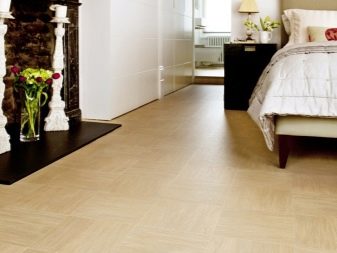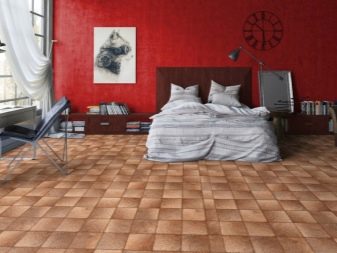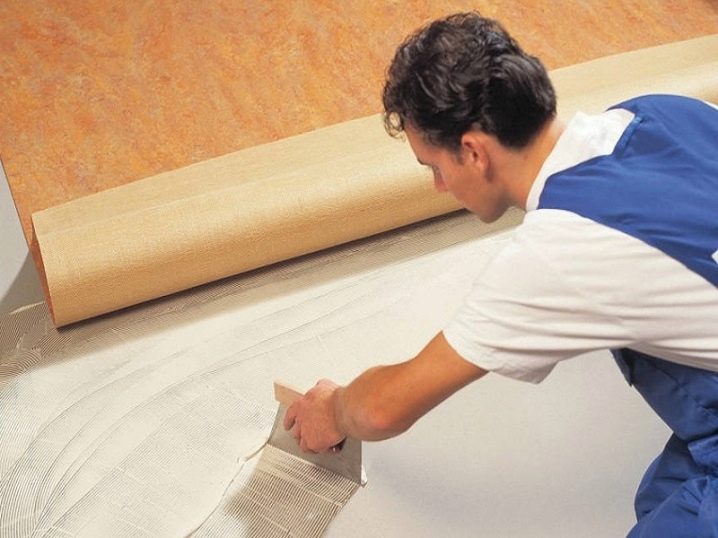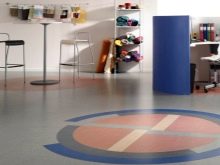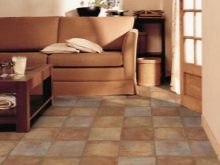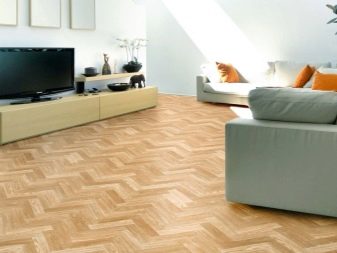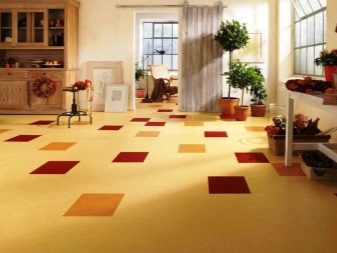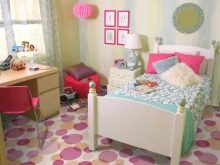Commercial linoleum
The modern flooring market offers a lot of finishing options for every taste and budget. Among the popular materials for the floor is very popular commercial linoleum. Being a product of the premium line of this type, it has a number of features and stands out favorably against its counterparts.
What is it and is it possible to lay in a residential apartment?
Commercial linoleum is an industrial type floor covering designed for areas with high traffic. According to the production method, it can differ in the number of layers, more often it is sold in the form of a cut of the desired length. This is a special coating of dense polyvinyl chloride (PVC), which has a dense colored paint layer and is designed for long-term operation.Due to prokras protective layer surface of commercial linoleum is erased gradually and minimally.
This class of linoleum has high characteristics, therefore, despite the fact that it is intended for industrial premises, it is widely used in residential apartments.
It can be laid in country houses and cottages. It was developed as an alternative to expensive materials (parquet, laminate, ceramic tile and clinker). However, the appointment is subject to certain rules, without which the use of commerce at home does not make sense.
How to distinguish household linoleum from a commercial product?
It is difficult for an uninitiated user to understand what the difference is between linoleum of a different class. Household is a budget option, it is much cheaper. Semi-commercial is the golden mean between cheap and expensive coverage. Commercial - the top of the classification, it is more rigid than household and semi-commercial analogues.
Characteristics are indicated on the tags, but there is not always time to thoroughly study the information, otherwise it is completely incomprehensible, especially if the seller-consultant stands nearby and uses strange terms in conversation.
In order to have a visual presentation, it is worth looking at a side cut of linoleum: on closer examination, a subtle protection can be seen on the top layer of the front side. That it determines the class of linoleum, ranging from 0.1 mm to 1.0 mm.
Denote the difference as:
- household - the weakest floor material, its protection is almost zero, the layer is almost invisible (0.1-0.2 mm);
- in a semi-commercial protective layer is more pronounced and is 0.3-0.4 mm, while the thickness of the canvas is somewhat less than the domestic counterpart;
- Commerce differs in protection to 0.6-0.8 mm and the smallest thickness.
When examining the cut, it is worth noting a nuance: the greater the thickness of the protective layer (it looks brighter and is located above the decorative one), the thinner the foam or felt base.
However, there is a trick here: household material can have a different thickness, so you shouldn’t make a start exclusively from it. Be sure to inspect the protective layer. This will help to get the right floor covering: often there is inadequate information on the tags, because the sellers do not always understand the difference or sell the semi-commercial equivalent under the guise of commerce.
Advantages and disadvantages
Commercial grade linoleum or commerce has a lot of advantages, it:
- made from natural materials;
- is wearproof nonflammable material;
- has anti-skid function;
- provides excellent sound absorption;
- is moisture resistant material;
- differs in a wide color palette with a various invoice;
- does not release into the air toxic substances that are harmful to human health;
- differs in variability of width of cloths;
- meets sanitary and hygienic requirements;
- resistant to increased weight loads;
- has an attractive appearance;
- does not stretch and does not shrink;
- easy to lay on the floor;
- resistant to chemicals (concentrated acids and gasoline);
- supports long-term operation (more than 15-20 years);
- sufficiently resistant to abrasion, the formation of dents, cracks, holes;
- appropriate in the decoration of premises of different types (residential and non-residential);
- may have a different basis (sometimes with a felt substrate);
- is an ecological raw material with antistatic effect;
- compared to laminate and tile costs less.
Commercial grade linoleum does not rot, its use eliminates the formation of mildew and mildew environments, even if the material is placed in the bathroom.
It does not decompose under the action of dampness, does not change the structure and does not collapse if it is constantly wiped with a damp cloth, swept, vacuumed, washed. In addition, linoleum-commerce does not absorb pollution, absorbs vibration and makes the floor surface warmer if its thickness is maximum.
It is easy to replace: in rooms with a small area, this material is not glued to the floor. Conveniently, due to the choice of width, the sheets are laid with a single sheet, so they do not have joints.
Minuses
Regardless of the fact that commercial linoleum can decorate any style of a room of a different type, imitating a different surface and satisfying all the preferences of customers, this material also has disadvantages.
The disadvantages of coatings of this type include:
- the difficulty of trimming with conventional tools;
- problematic transportation (related to weight);
- heavy weight compared to domestic and semi-commercial counterparts;
- the need to level the floor surface to a perfect condition;
- the need to use the substrate in models on the foam basis;
- lack of a "breathing" base effect.
Not every kind of material looks perfect on the floor. The thinner it is, the more noticeable the defects in floor irregularities. Therefore, it is necessary to lay this floor covering on a fiberboard or substrate. By itself, he is not able to hide even minor irregularities.
And if the size of the canvas will be poorly matched to the dimensions of the room, over time the floor covering may swell.
Not everyone likes that care for the surface of this linoleum involves the protection of the surface layer by creating a film of polymers and wax. It is applied in two stages, after which the surface does not touch for 10-12 hours. It is not always possible for such a procedure, because repair teams are often limited in time.
Specifications
Commercial linoleum has a special structure.
The classic type consists of:
- textile or foamed base;
- fiberglass;
- bases for print design;
- surface stamping;
- UV protective layer;
- additional protection from PVC.
Characteristics of commercial linoleum are a list of properties, which include:
- thickness dimensions that depend on each type and can range from 2-2.2 to 4 mm (commercial linoleum is never thick);
- the thickness of the protection layer, which reaches 1 mm;
- the parameters of the output width, whose figures depend on the specific width of the room and can be 200, 250, 300, 350, 400 cm (the most popular values are 3 and 5 meters);
- sound absorption level - a value of 10 dB or more;
- standard weight sq. m, which is about 3 kg;
- abrasion rate, which does not exceed 10g / sq. m;
- wear resistance class corresponding to the characteristics of 31, 32, 33, 34, 41, 42, 43 classes.
Wear resistance class is a special marking, which explains the purpose of commerce. The data explains where it is better to apply this type of flooring, as recommended by the manufacturer. The numbers are divided into two indicators: the first indicates the type of room (in this case, 3 - office, 4 - production), the second indicates the level of weight load on the working surface:
- 1 - small;
- 2 - standard;
- 3 - above the norm;
- 4 - high.
In other words, class 31 and 32 can be used in places with less traffic, 33 and 34 are good for shops, offices, apartments (especially kitchens and hallways), 41, 42 and 43 should be put on the floor where the traffic is greatest.
However, it is worth remembering: a high class floor covering with a maximum protective layer is not laid just for beauty. If there is no heavy furniture in the room, there is no point for this covering. In this case, the usual half-commerce is sufficient.
Species
Modern industry does not stand still, so commercial linoleum today is presented in a different light. It is acoustic, sporty and antistatic. The first variety is distinguished by a foamed base; in the production of the second, corundum chips are added to the upper layer. The third type is distinguished by the impregnation of carbon filament, contributing to the removal of static electricity, which is especially important for rooms equipped with computer equipment or electrical equipment.
Existing species can be divided into two main groups:
- homogeneous type;
- heterogeneous linoleum.
A distinctive feature of a homogeneous material is a monolithic type with a homogeneous structure. Its thickness does not exceed 3 mm, fillers are involved in production, which makes the cost less. In this case, the coloring composition penetrates the entire thickness of the material, therefore, even with intensive use, it is erased very slowly. The polyvinyl chloride base includes various components, the main of which are chalk, dolomite, plasticizers, dyes, quartz sand.
Heterogeneous analogue has a large weight. Its aesthetic characteristics are higher than those of homogeneous. Such material is able to make a worthy competition to marble tiles or ceramics. Its protective layer of polyurethane slightly flattens irregularities, and transparent prevents wear.
The model range is divided into rolled and tiled products. The first ones are more common and are ordinary webs of different lengths and widths, the second ones are fragments of different sizes, which are glued to the floor surface with a special glue.
In fact, this is an analogue of ceramic tiles,which is presented in the form of linoleum tiles of square or rectangular shape, which allow to simplify the laying of the canvas on the floor and giving a lot of opportunities for the design of the floor covering.
Depending on the specifics of the room, linoleum:
- with anti-slip in the form of granite chips is appropriate in the hallway, bathroom, hallway;
- with antiseptic good for bedroom, nursery and kitchen;
- interspersed with metal shavings is not suitable for home.
Colors
Color solutions of commercial linoleum are diverse and are subject to the basic idea of interior design.
The main determinants are:
- practicality of shade;
- the uniqueness of the texture;
- compliance of the picture or color with the color solution of the interior of a specific room.
The first group includes shades of beige-brown gamut (sand, mustard, chocolate) and neutral dark colors of the palette (dark gray, gray-brown). The second category is a unique design technique. It implies imitation of a natural material (stone, wood) and an expensive coating (under laminate, tile, parquet).
In addition to the usual tones of the palette, contrasts are popular.
Among these colors are combinations:
- light gray, pistachio and two shades of brown;
- brick and beige;
- orange and mustard;
- white and light gray.
Bright neutral colors (white and black) are not used in their pure form: white marks, black gloomy. However, their use as an emphasis on color tones allows you to make the floor brighter.
The choice of colors of tiled linoleum is more diverse.
The priority of the following combinations of colors:
- white with black;
- woody tones;
- orange with blue and black;
- beige with green and blue;
- gray with black;
- beige with gray, wine and black;
- orange with black and beige;
- blue-gray with blue.
Figures of commercial linoleum in the form of tiles are varied: each element can be:
- separate square;
- brickwork diagonally;
- four squares with a rhombus in the center;
- square framed with bricks of different sizes;
- mosaic pattern.
Manufacturers
Finding out the strengths and weaknesses of commercial linoleum, the question arises of a good manufacturing company that you can trust.To simplify the search for a trademark, you can make a rating of trademarks, time-tested and having a positive recommendation of buyers:
- Tarkett - a world-famous brand that produces first-class products using its own developments in innovative technologies. The model range is divided into homogeneous and heterogeneous products, most of which have an additional effect (antistatic, anti-skid system, special moisture-resistant impregnation).
- Armstrong - a global holding company with a rich assortment of products of a different class, one of the leading brands in its segment, whose products are made with strict quality control at every stage of production, resistant to daily cleanings. Coatings are made from natural materials and renewable raw materials.
- Grabo - Hungarian trademark, manufacturer of certified refractory linoleum of homogeneous and heterogeneous type with anti-slip for commercial premises. For convenience, the choice is divided into collectible sections with different colors and practical characteristics.
- Juteks - the manufacturer of premium flooring of commercial type for laminate, parquet, stone chips in restrained paints. The products are characterized by a variation in width, limited color gamut (mainly beige and gray shades), a high class of wear resistance and excellent performance characteristics.
- Forbo - The Netherlands plant is a leader in the production of homogeneous natural materials for the floor. Products are made from natural ingredients, which include chopped wood, linseed oil, natural resins, jute, limestone. The hallmark of linoleum is a natural marble structure in a solid choice of colors.
How to choose the right floor?
The choice of flooring is a thorough task. Much depends on the quality of the purchased material and practical, including the impeccability of the surface.
To facilitate the selection, you can take a few simple and useful tips:
- color is chosen at will, it can be combined with shades of furniture, doors, doorways, other furnishings;
- the size of the sheet should correspond to the width of the room (you can cut off the excess at home, you will not be able to fill the drawback);
- the version with a picture should take into account the specific features of a particular room, its area and level of illumination;
- in the choice of thickness, it is worthwhile to give preference to a material with average indicators of protection and thickness of the web (and unevenness will not be noticeable, and protection will be sufficient);
- it is excellent if the structure of linoleum is compatible with the “warm floor” system: this will allow to make the floor warm, which will save the health of all households;
- It is important to pay attention that the material has antibacterial impregnation;
- structure porosity should be minimal: dense material is more durable;
- the smell is important: in a quality product it is minimal and not pronounced, which indicates the absence of harmful impurities during production;
- Do not forget about the practicality of color and its relevance in a particular room (the priority is dark and soft shades for the corridor, the hallway, saturated for the kitchen, living room, study, light and peaceful for the bedroom and the nursery).
In addition to the main nuances, you should pay attention to the picture, if any.
If the room is overloaded with an abundance of small elements, you should purchase a floor covering without a pattern with an interesting texture.If the space is organized in the style of minimalism, any creative solutions will do, up to a patterned composition that can be created by gluing linoleum tile.
In addition, it is important to consider the room permeability: this will avoid the need to purchase expensive linoleum, replacing it with a standard class.
Quality matters: manufacturers often supply their products with relevant documentation, therefore a certificate is one of the mandatory conditions of purchase.
In addition, it is important to consider: commercial linoleum has greater rigidity compared with domestic or semi-commercial. It can not be sharply bent when carrying out the marking, laying and fitting. In order to prevent waves, it is important to leave a gap of 0.5 cm around the edges of the room. This will relieve problems with surface impeccability and will not force the flooring to be redone, to disrupt the structure by sewing.
Interesting solutions in the interior of the house
The choice of linoleum - one of the key points of arrangement of any room. If the floor does not fit into the general idea of style, it can overload the interior composition.
To avoid this, you can pay attention to interesting design techniques by experienced designers, taking the idea as a basis and adding to it my own vision of the situation:
- modern interior can decorate linoleum with a large print: it does not need a carpet and looks incredibly stylish;
- Linoleum under the laminate will stretch the interior composition in gray and black colors, having as a support a warm shade of the wall and a tabletop with a similar texture;
- make a room in beige and brown tones home-like cozy and harmonious can linoleum under the tile with stone texture, made in soft brick-gray shades;
- Linoleum under the parquet in the form of zigzags, made in beige color, will relieve the interior composition in neutral colors from boredom, having support in the form of decorative cushions of upholstered furniture and wooden supports with shelves for TV and statuettes;
- to add bright spots to the interior of the beige room, you should lay a sand-colored linoleum on the floor with rarely located squares of orange and wine tones;
- heterogeneous linoleum with an interesting geometric composition of contrasting colors can decorate the design of a studio or office in the style of minimalism;
- The cover for the girl’s room is more delicate: the pattern of air circles in Barbie’s favorite shades looks harmonious, with support in the form of decorative pillows or a chair back.
For more information on commercial linoleum, see below.
